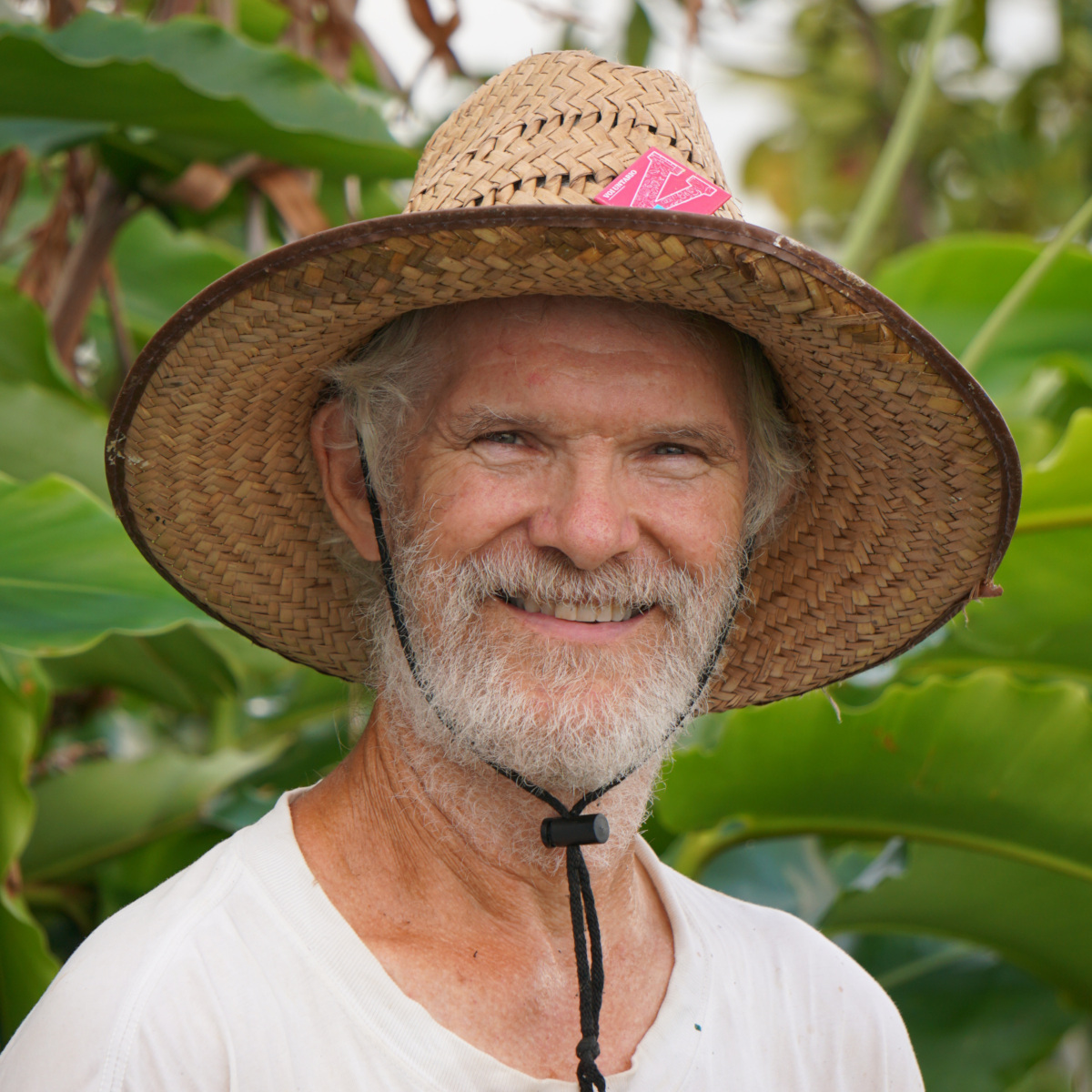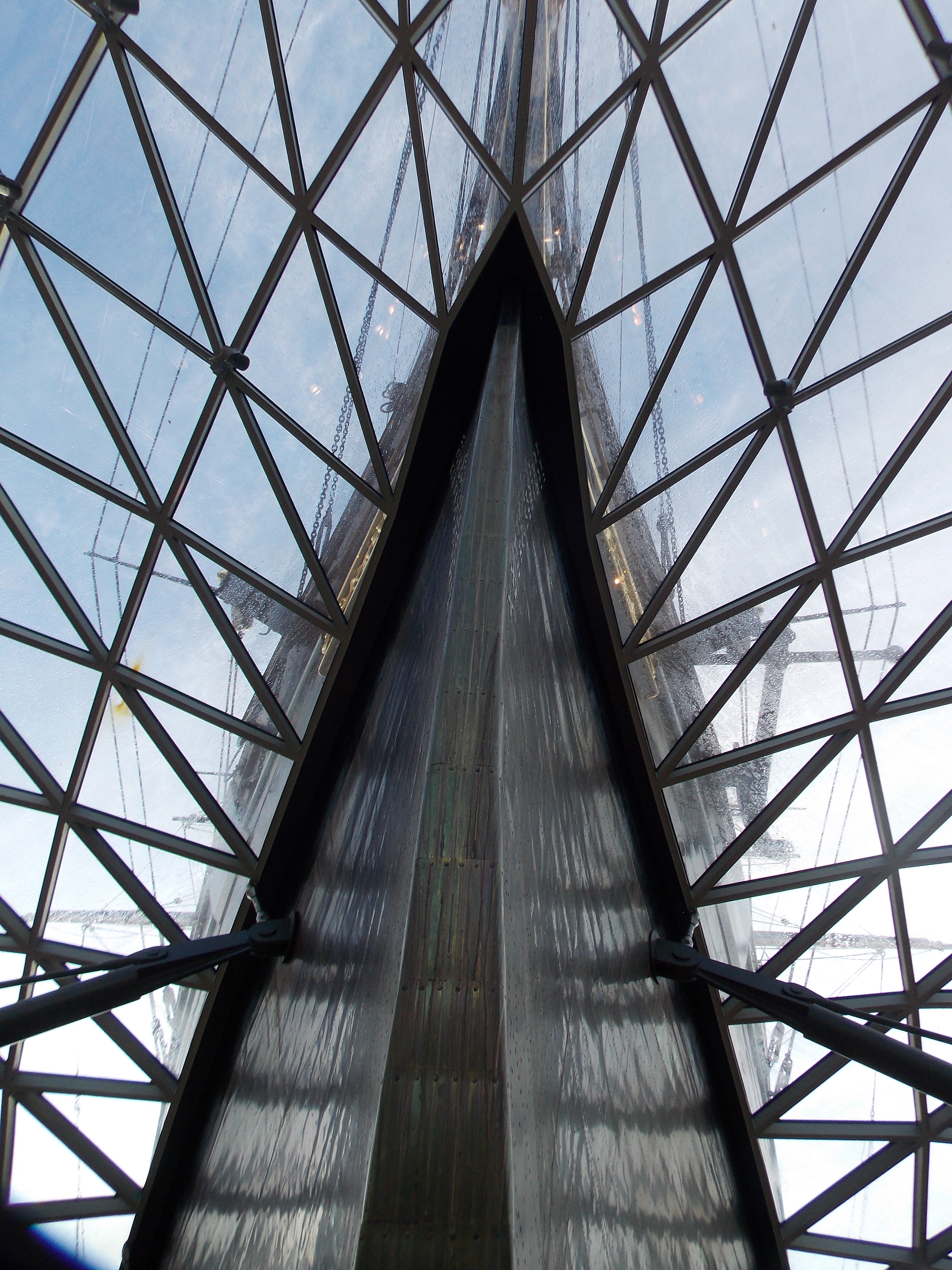I’ve been using rainwater for a long time. Back in 2001 we rigged a rain catchment when we were living on a sailboat, and we were hooked. Great tasting water and plenty of it, at least here in the tropics.
We built a house in 2013 with roof runoff collection and a pair of cisterns under the house. A pump at the lower level sent water up to a tank located about 12 meters above the house - so there was always water pressure from that 350 liter reserve. We added a 200L first-flush drum to catch the first debris-laden water draining off the roof.
When we moved in 2021, of course we bought a house with a cistern - but it had no roof drain collection, so we had to retrofit that. The first flush tank is a bit larger now at over 400 liters.
Rainwater from a roof can have bacteria and parasites in it, but during storage, almost everything settles to the bottom of the cistern. One thing that does not is Giardia cysts, so it is wise to filter the water with a one-micron cartridge before drinking. Other household uses are adequately pure after a coarse 50 micron filter at the pump, but the one micron filter is on the cold side at the kitchen sink. The first flush capture and the 50 micron prefiltering are so effective the one micron filter is good for a year or more. Even the 50 micron filter shows no sign of clogging in a year, but when we change it, it LOOKS like it needs changing (very dark brown).


Thanks for the T-pipe tip, it seems I should try it.
I also use rainwater, but I never drink it - only wash things with it. It goes through 3 filters (fine sieve to remove macroscopic objects, antibacterial coarse filter and fine filter). The collection tank has viewports to check how bad the sediment situation is. Typically the sediment situation is is bad - rainwater is not without nutrients. I use a suction hose with a filter attached to clean the sediment, but do it seldom, so I bring drinking water with a canister.
Since the same tank acts as a short-term thermal store during heating season, it contains stainless steel heating elements at the bottom (excess solar energy gets dumped into the water tank when batteries are full). The heaters go a long way towards keeping it sterile in winter - but in summer, they are off and bacteria can do their things.
If you are not actually boiling the water during heating season, then just warming it is actually going to increase bacterial growth rather than decrease it. Also, heating will cause convection currents in the tank which will act to stir sediments.
I suspect that overall, the heating elements have a detrimental effect for floating bacteria, but no effect on sessile bacteria / biofilms.
They cause circulation, and water is always boiling near the heaters when they’re on - like a geothermal vent at the bottom of an ocean. Thus, any bacterium which wants to live as plankton in the tank, must be able to survive boiling - and most don’t.
However, if a bacterium attaches itself to the tank walls, it is safe - and most of time, it doesn’t disturb me.
I have not noticed convection stirring the sediment. The power involved is not big, it goes up to 3 kilowatts and the tank is 1 cubic meter.